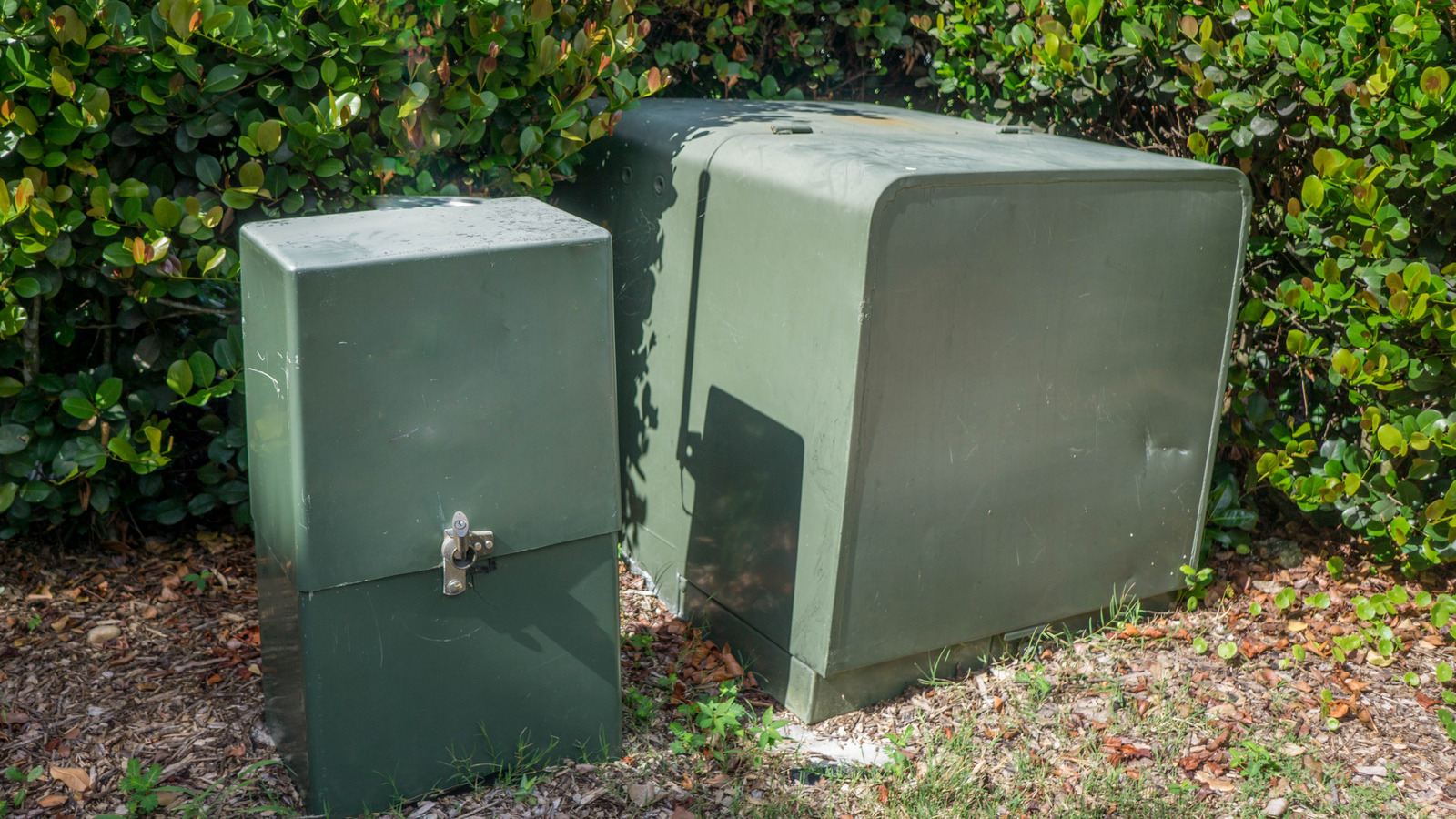
While most people focus on power washing driveways, siding, and decks, there’s one area of the property that often gets ignored—but really shouldn’t: utility boxes, cable boxes, and outdoor meters. These fixtures are essential, but they’re also notorious for collecting dirt, mildew, spider webs, and grime that can make even a well-kept home look unkempt.
Cleaning these areas with a pressure washer can be done safely, but it requires a little extra care to avoid damaging sensitive components or creating costly repairs.
📦 What Are We Talking About?
These are the exterior-mounted devices often found along the sides of homes or near garages and utility easements:
- Electrical meters
- Gas meters
- Cable/internet boxes
- Telephone junction boxes
- Irrigation control panels
- Smart home hubs or power relays
They’re often surrounded by weeds, dirt, or spider webs—and while they’re built for outdoor exposure, they’re not designed for high-pressure water blasting.
⚠️ Why You Must Use Caution
These boxes house live connections and delicate sensors. Improper washing can lead to:
- Short circuits
- Service disruption (loss of internet, cable, or power)
- Water damage to internal components
- Voiding of utility provider agreements or equipment warranties
- Risk of electric shock
That’s why the goal isn’t deep blasting, but targeted, careful cleaning.
✅ Supplies You’ll Need
- Pressure washer (1,500–2,000 PSI max for this task)
- 40° spray nozzle (wide-angle, gentle spray)
- Soft-bristled brush or sponge
- Mild soap or eco-friendly detergent
- Bucket of water
- Garden hose (optional for rinse)
- Plastic sheeting or a waterproof tarp
- Electrical-safe gloves
- Eye protection 👓
- Optional: zip ties or twist ties for cables
Browse Amazon Here For Top Rated Power Washers And Accessories
🧼 Step-by-Step: Cleaning Outdoor Utility Fixtures
1. Inspect and Assess
Before washing anything:
- Check for exposed wires, cracks, or rust
- Make sure panels are securely closed
- Note any warning labels or utility tags
- Confirm that no wires are hanging or disconnected
If anything looks damaged or unsafe, do not clean it yourself—call your service provider first.
2. Shut Off Nearby Water or Power (If Applicable)
While most utility boxes are sealed and designed for outdoor weather, it’s still a good idea to:
- Turn off irrigation controllers before cleaning
- Shut off breaker (if cleaning a sub-panel or outdoor fuse box)
- Avoid cleaning during storms or immediately after rain ☔
3. Cover the Equipment
Use plastic sheeting or a trash bag to wrap the entire utility box or meter. Tape it off around the edges, or use bungee cords to secure it. The idea is to keep any pressurized water from entering seams or vents.
If the box has open cable ports, cover those individually with waterproof tape or plastic.
4. Clean the Surrounding Area First
Use the pressure washer to clean the ground, wall, and siding around the box first, before touching the fixture itself. This gets rid of spider webs, mold, and splatter without directly pressurizing the unit.
Keep your nozzle at least 2 feet away and use sweeping motions.
5. Switch to Manual Cleaning
Once the surrounding area is clean:
- Dip your soft brush or sponge into the soap solution
- Scrub the box gently, removing dirt, cobwebs, mildew
- Pay attention to vents and seams—don’t press too hard
- Use a damp rag to clean labels, serial numbers, or display panels
This method avoids water intrusion and is safe for all exterior fixtures.
6. Rinse Gently
Once you’ve scrubbed, rinse using:
- A garden hose with a spray attachment, or
- The pressure washer set to its lowest pressure and wide spray
Hold the wand at a 45° angle and stand back at least 3 feet. Never spray directly into seams, hinges, or vents.
7. Remove Covers and Inspect
Once dry, remove the plastic or sheeting and inspect:
- Are all labels intact and readable?
- Did any water leak inside?
- Are indicator lights or displays still on and functioning?
Let everything air dry fully before reconnecting irrigation systems or scheduling follow-up inspections.
🧠 Pro Tips
- Clean utility boxes 1–2 times per year, especially before a property inspection
- Use vinegar and water mix for algae or mildew
- Tie up hanging cords with twist ties or zip ties to neaten appearance
- If your cable box is cracked, request a replacement—don’t pressure wash it!
⚡ Common Mistakes to Avoid
- ❌ Using high pressure or turbo nozzles on electrical components
- ❌ Forgetting to cover vents and seams
- ❌ Blasting from close range
- ❌ Using bleach, which can corrode metal
- ❌ Power washing labels or QR code tags—these may be service-critical
- ❌ Standing in wet grass while cleaning electrical boxes ⚠️
🌿 Eco-Friendly Cleaning Tips
- Use biodegradable soaps to protect nearby plants
- Catch any dirty runoff to prevent contamination
- Avoid spraying chemicals near drainage grates or storm sewers
- Clean on sunny days to reduce dry time and mildew return
💬 Final Thoughts
Utility boxes and meters might not seem glamorous, but they’re a visible part of your home’s curb appeal—and they’re crucial to everyday comfort. With just a little care, you can safely wash around them without risking outages, service calls, or worse.
Remember: when in doubt, clean by hand. A gentle brush and some soap can go a long way to restoring a clean, professional look around your home’s most overlooked fixtures 🧼⚡🏡.
Browse Amazon Here For Top Rated Power Washers And Accessories



